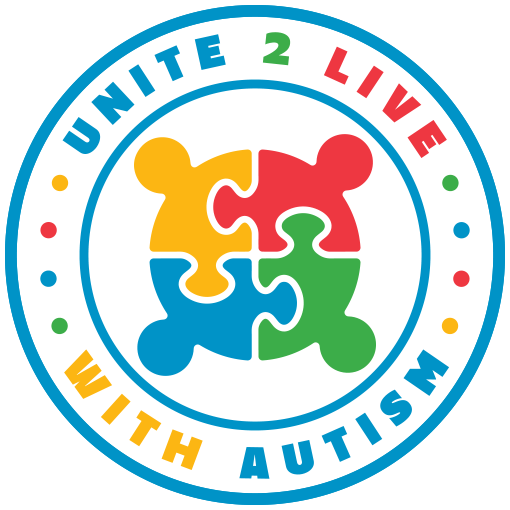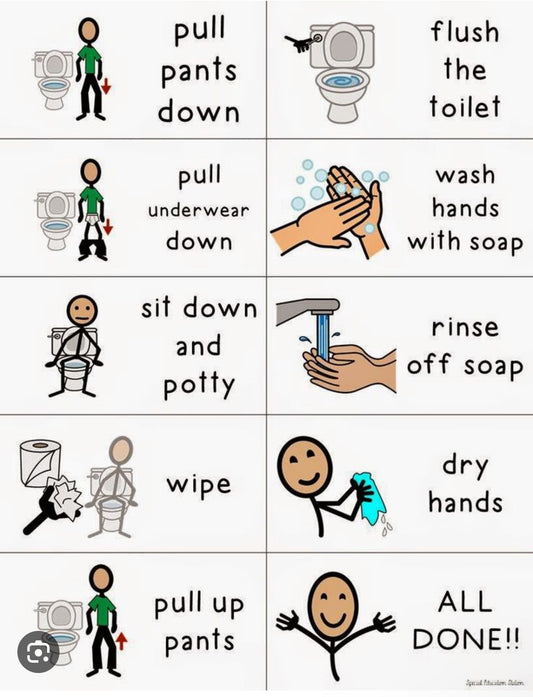
Navigating the Spectrum: Understanding Anger Management in Individuals with Autism
Introduction
Life on the autism spectrum is a unique journey filled with its own set of challenges and triumphs. One of the challenges that individuals with autism may face is managing their emotions, particularly anger. In this blog post, we'll explore the topic of anger management in individuals with autism and provide valuable insights and strategies for those looking to support them.
Understanding Autism Spectrum Disorder
Autism Spectrum Disorder (ASD) is a complex neurodevelopmental condition characterized by a wide range of symptoms and challenges. While each individual with autism is unique, common traits often include difficulties with social communication, repetitive behaviors, sensory sensitivities, and at times, struggles with emotional regulation.
Emotions and Autism
Emotional regulation can be particularly challenging for some individuals with autism. The sensory sensitivities and difficulties with social communication can lead to heightened anxiety, frustration, and anger in response to various situations. It's essential to recognize that this emotional response is not a choice but rather a result of their neurological makeup.
The Anger Challenge
Anger is a natural human emotion, and individuals with autism experience it just like anyone else. However, managing anger can be more challenging for them due to sensory sensitivities and difficulties with communication and social cues. What might seem like a minor frustration to others can escalate quickly for someone on the spectrum.
Strategies for Anger Management in Individuals with Autism
1. Identify Triggers: Understanding what triggers anger in an individual with autism is crucial. It could be sensory overload, changes in routines, or communication difficulties. Identifying these triggers can help in preemptive strategies.
2. Visual Supports: Visual supports such as visual schedules, social stories, and visual cues can help individuals with autism anticipate changes and understand expectations, reducing anxiety and frustration.
3. Sensory Strategies: Providing sensory tools like fidget toys, weighted blankets, or noise-canceling headphones can help individuals regulate their sensory experiences and reduce the likelihood of meltdowns.
4. Communication: Encourage and support communication, whether through verbal or alternative communication methods like sign language or AAC (Augmentative and Alternative Communication) devices. Clear communication can help individuals express their needs and frustrations.
5. Teach Emotional Regulation: Work with professionals to teach emotional regulation techniques, such as deep breathing exercises, mindfulness, and recognizing early signs of anger.
6. Structured Routines: Maintaining a structured daily routine can provide a sense of predictability and stability, reducing anxiety and the potential for anger outbursts.
7. Positive Reinforcement: Celebrate successes and positive behaviors. Positive reinforcement can be a powerful motivator for individuals with autism to manage their anger.
8. Professional Help: If anger management issues persist and significantly impact an individual's quality of life, it's advisable to seek help from a therapist or counselor with experience in working with individuals with autism.
Supporting the Journey
It's crucial to remember that individuals with autism, like all of us, deserve understanding, acceptance, and support. While anger management can be challenging, it's just one aspect of their lives. By focusing on their strengths and providing the right support and strategies, we can help them navigate the spectrum with greater ease and lead fulfilling lives.
Conclusion
Anger management in individuals with autism is a topic that requires patience, understanding, and a holistic approach. By identifying triggers, providing sensory support, and promoting effective communication, we can assist individuals with autism in managing their emotions and achieving their full potential. Together, we can create a more inclusive and supportive world for those living with autism.



